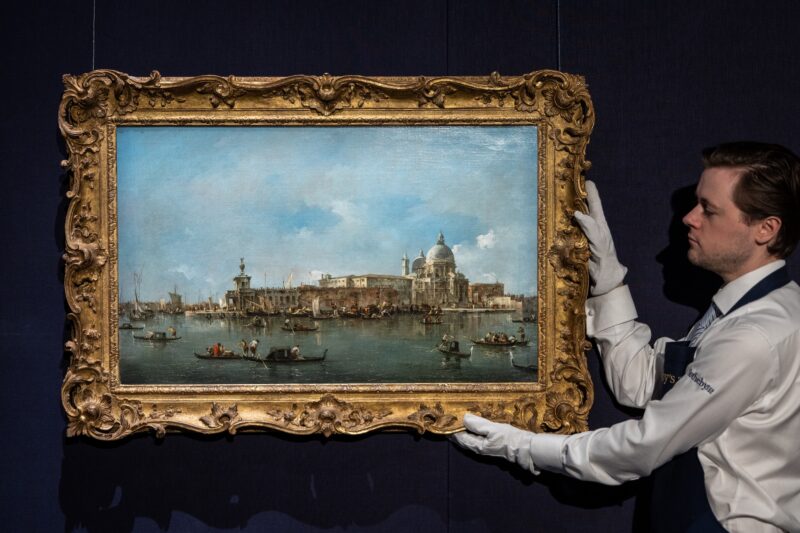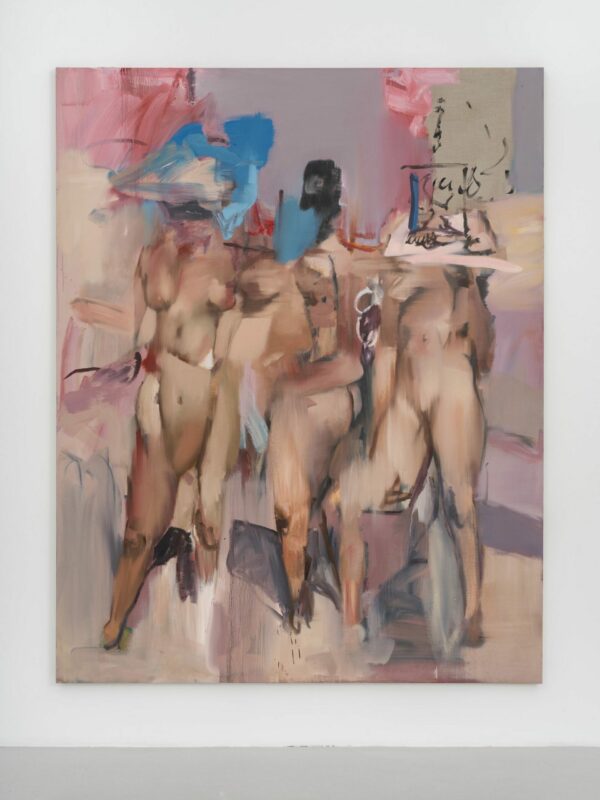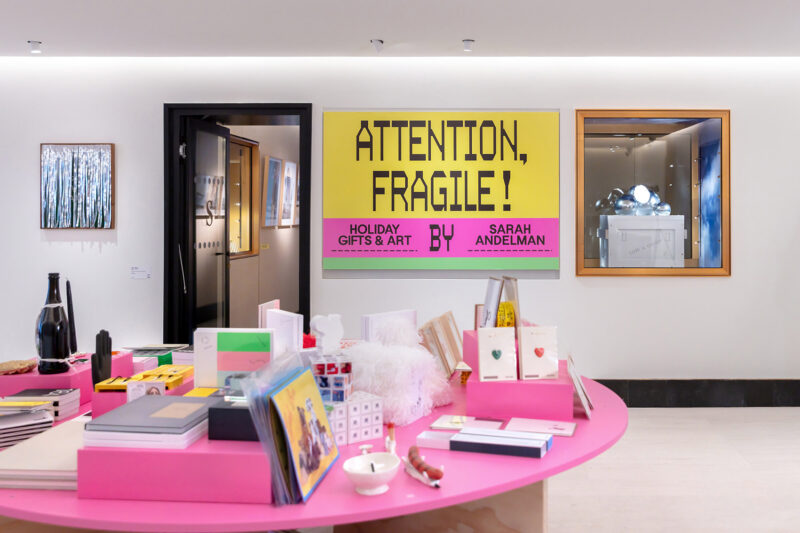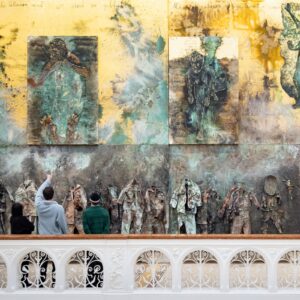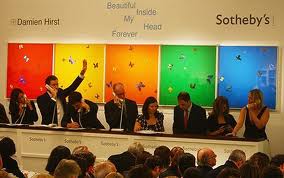
On the evening of 15th September 2008 three completely unrelated events occurred, which determined this precise moment in time. This is the story of how art survived recession in spectacular fashion and how a philosopher, an artist and a bank unwittingly crossed paths. That amazing cosmic coincidence, for all its romance and caprice, unmasks the dark heart of the artworld which has economic inequality as the lifeblood coursing through its veins.
In Nottingham, tattered and frayed from years of isolated toil, I was preparing the final version of my PhD thesis to send to the printers the next day. In London, Damien Hirst was playing snooker with Ronnie O’Sullivan, while across town Sotheby’s was selling 233 lots of artworks that had never been shown in a gallery. And in New York City, Lehman Brothers was dealing with the fallout from having just filed for Chapter 11 bankruptcy.
In 1997, the Labour party charmed us by singing ‘things can only get better’ every time we turned on the television. And things did get better – we all got a little bit wealthier because we were offered oodles of delicious credit, which softened the blow when we discovered that the country was not, after all, being run by Brian Cox, who had led a rocking election campaign. Aside from George and Tony’s mad hunting trip in the desert, things really did just keep getting better: we were a more educated, more affluent, modern nation of home-owners and art-lovers than ever before. So it’s no wonder that the assembled crowd at Sotheby’s thought nothing of splurging a couple of million on a dead thing that wanted nothing more than just to be left alone to rot. Damien got the last laugh, not just at those collectors, but at the whole creaking mechanism of the world economy.
The crisis cut deep and wide, ravaging everything that capitalism holds dear, and yet, like God guiding the hand of Abraham, it hardly seemed to so much as scuff the artworld. As if the collectors were cockroaches immune to the radiation of nuclear fallout, they still found the money to pay Damien for all the art that other people had made for them.
In fact, the global financial crisis had a seemingly contradictory, but entirely logical, effect on the art market. At one end of the scale, the One Percent kept hold of their billions and continued to buy art, so that galleries and auction houses continued a brisk trade when everyone else was flailing in the gutter. Even if prices did plateau slightly, which they did at first, the art market proved to be an iron-clad recession-proof beast. Nothing really seemed to change. Nothing, that is, if you were lucky enough to be a Gagosian or something.
At the other end of the scale it was a different story. While the very richest people continued to buy the very most expensive art, recession hit smaller and mid-sized galleries who depended, not on the disgustingly wealthy, but on the tastefully affluent. These were the kinds of galleries which, like any business, needed a constant trade to keep afloat because they too were battling the ever-increasing cost of existing. These were the kinds of galleries whose clients are not so super rich that they keep spending when the chips are down.
Nonetheless art continued to boom. The reason for this is that while the richest continued to make, sell and buy art, the poorer artists, critics and curators, throughout the worst of times – perhaps even because of the worst of times – simply kept working, regardless of whether they had to do it for free because they are driven by passion. Consequently, the artworld subsisted on the intoxicating mixture of billionaires’ bank accounts and the pure love of art.
The combined effect of the poor working hard for their very survival and the rich spending hard as if nothing had happened was that market confidence remained unharmed. Like any market, art stands or falls on confidence, and that is precisely what happened throughout the recession – everybody carried on as if everything was fine, so the market took this as a sign that everything really was dandy. If the billionaires had stopped buying or the struggling artists had stopping putting on exhibitions, then maybe the market would have trembled, but nobody did any such thing, so art powered on ahead while everyone’s homes were being repossessed and jobs were vanishing into thin air.
Art, in the final analysis, is a necessity, and not even global recession can compel us to do without it. Art survived due to a collective effort that may have been born from a mere One Percent, but it was untimely driven by the sheer passion of everyone else, which was the bedrock of the market exuberance that was realised in defiant sales. The economic inequality between these two sectors is the lifeblood of the artworld because while all this art has to be paid for, the people with the money simply do not have the soul to sustain what is important – the inescapable need to create culture, which is the preserve of the poor and struggling.
This article is a product of that struggle. When I finished my PhD, even universities were cutting back and the chances of an academic job diminished by the hour. Eventually, I gave up and decided to become a penniless art critic, and then on a gin-soaked trip to the Gagosian – of all places – I fell in love with Damien Hirst, who fascinated me as the epitome of art’s resistance to recession. This, I thought, required a philosopher: to unpack the mystery of why art and money have such a fruitful relationship.
So Lehman Brothers caused the recession, which caused me to turn from academic philosophy to art; Damien helped art to flourish in recession, which ultimately caused me to write this column. Consider the counterfactuals: if that shocking display had never occurred at Sotheby’s, perhaps I would never have been seduced by Damien; or if Lehman Brothers hadn’t handed out subprime mortgages as if they were ice lollies, perhaps art would have taken a new direction altogether for purely cultural reasons; or if art had crashed too, perhaps none us would be here doing any of this. But all those things did happen and we all survived. It’s as if, in the words of Kurt Vonnegut, ‘everything was beautiful and nothing hurt’.
Words: Daniel Barnes
